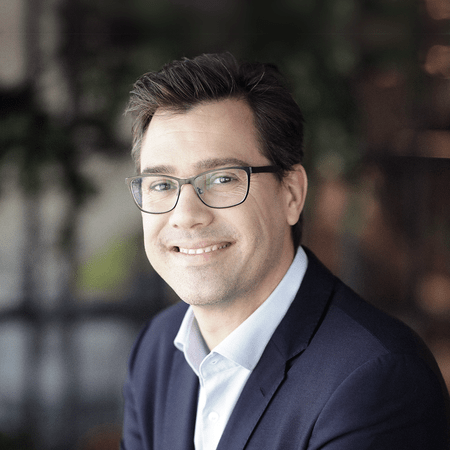Are we in a bubble? With global stock markets at an all-time high and crypto markets skyrocketing lately, investors worldwide are wondering whether this party is going to end soon, and how to protect their investments from a potential massive correction.
As the current market circumstances of zero and negative interest rates and extensive printing of money continue, the end of the current cycle doesn’t seem to be on the horizon. However, it’s important to understand that this is the nature of a bubble bursting — it tends to catch everyone by surprise. Most people still don’t understand where and how the “crypto winter” of 2018 started, or what made the dot-com bubble burst (some consider the energy crisis in California the start of the domino effect).
Many of our customers at eToro are relatively new to the markets; some are investing in the markets for the first time. One of our main missions is to help people enhance their investment literacy, using a variety of resources including our social network and the eToro Academy. A key part of this mission is to enhance our users’ risk management capabilities, and the first and most important lesson here is diversification. It is essential for all investors to diversify their portfolio across uncorrelated assets.
During massive market corrections, diversification can become a very challenging mission, since most assets fall simultaneously. For example, during the dot-com bubble, the Nasdaq Index fell nearly 80%, the S&P 500 Index fell 45%, the Dow Jones Industrial Average fell almost 30% while Gold went down by 12%. To prepare for such scenarios, an understanding of how to use options and short to hedge downside is important.
While we don’t have the ability to predict the future, we can prepare for it, and I believe each one of us should. One of the important aspects of the rise of the retail investor trend is that a new generation has decided to take personal responsibility for their own financial future.
Market conditions can be volatile and unpredictable at any given time. Professional investors use a variety of techniques and instruments to reduce the risk of market volatility. One of these approaches is a “market-neutral” investment strategy — it is an important part of most long/short hedge funds’ portfolio management strategies aimed at creating a portfolio that is uncorrelated to the market.
The idea behind this strategy is to try to create a portfolio that will allow you to navigate successfully through any market conditions and reduce your risk of the general market. One of the ways of achieving this is by creating a portfolio which has both long and short positions that will serve as a hedge to each other and allow you to profit from either an increase or a decrease in asset prices.
For example: An investor who decides to invest in Tesla and wishes to hedge some of the risk associated with the electric car market, could explore ways to minimize risk related to the company and the industry. The investor may decide to open a short position in one of the other EV companies.
The same investor might also decide to invest in the post-COVID hospitality industry and buy, for example, ABNB stock. However, the investor may still wish to take some risks and threats to their investment into account while the world is still emerging from the coronavirus. To hedge against this threat, the investor might decide to create a short position related to the airline industry, for example, using the JET ETF. Alternatively, they could choose to short a specific hospitality stock, for example, Hilton.
While maintaining a 100% market-neutral strategy is not a realistic goal for retail investors, it’s worth learning about the strategies that can be used to decrease the risk of their portfolios using shorts.
Warren Buffett said: “The most important investment you can make is in yourself.” I invite you to use the various resources available on our platform to further expand your investment expertise and knowledge so that you can make responsible investing decisions, and feel good about your risk management approach and the choices you make.
I discussed these topics and more this week with eToro’s Chief Investment Officer Gil Shapira and Global Market Strategist Ben Laidler as part of eToro’s Catch 22 webinar series.
Yoni
Yoni Assia is eToro Co-Founder and CEO
This is a marketing communication and should not be taken as investment advice, personal recommendation, or an offer of, or solicitation to buy or sell, any financial instruments. This material has been prepared without taking any particular recipient’s investment objectives or financial situation into account, and has not been prepared in accordance with the legal and regulatory requirements to promote independent research. Any references to past or future performance of a financial instrument, index or a packaged investment product are not, and should not be taken as, a reliable indicator of future results. eToro makes no representation and assumes no liability as to the accuracy or completeness of the content of this publication, which has been prepared utilising publicly available information.

